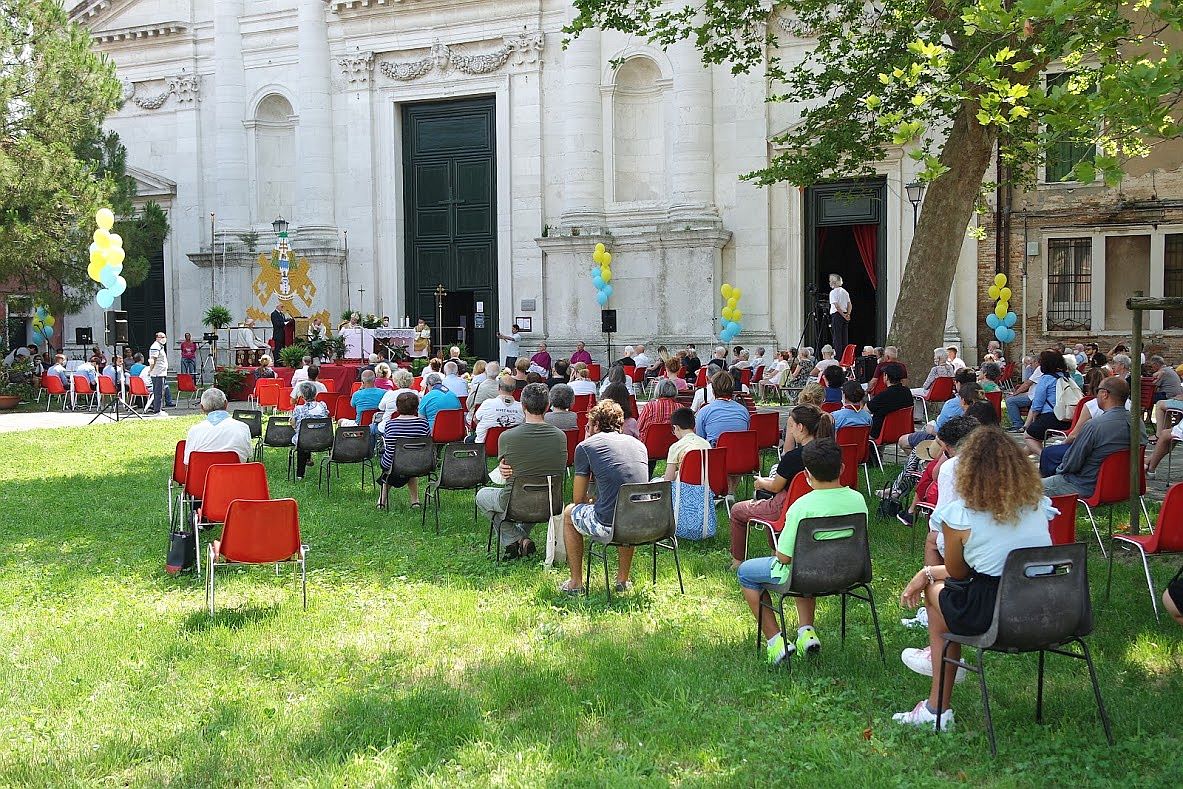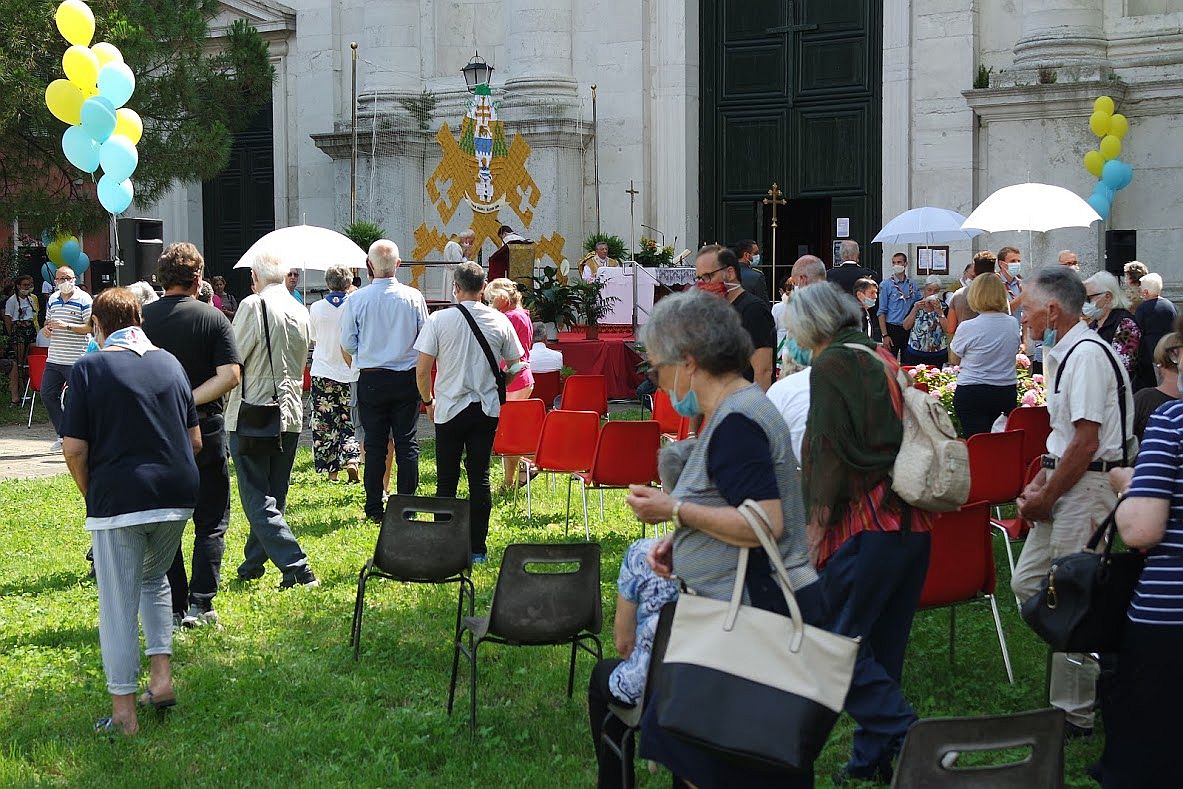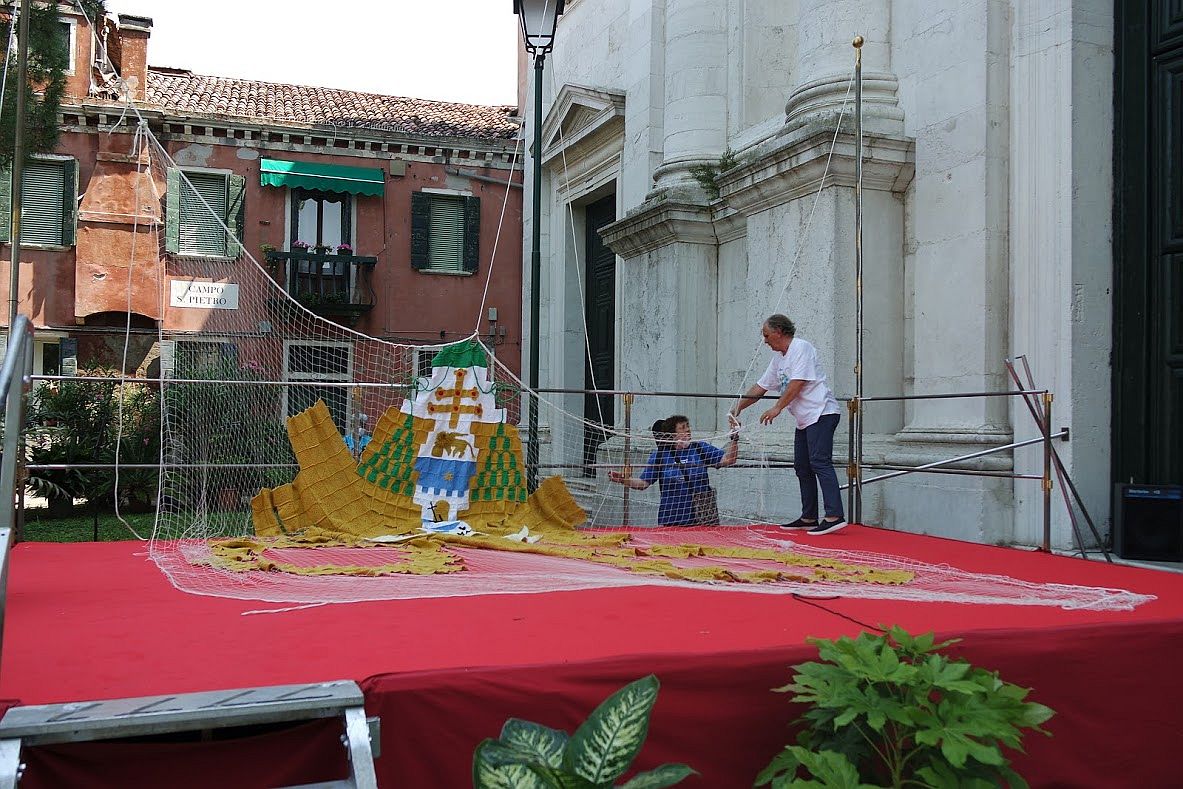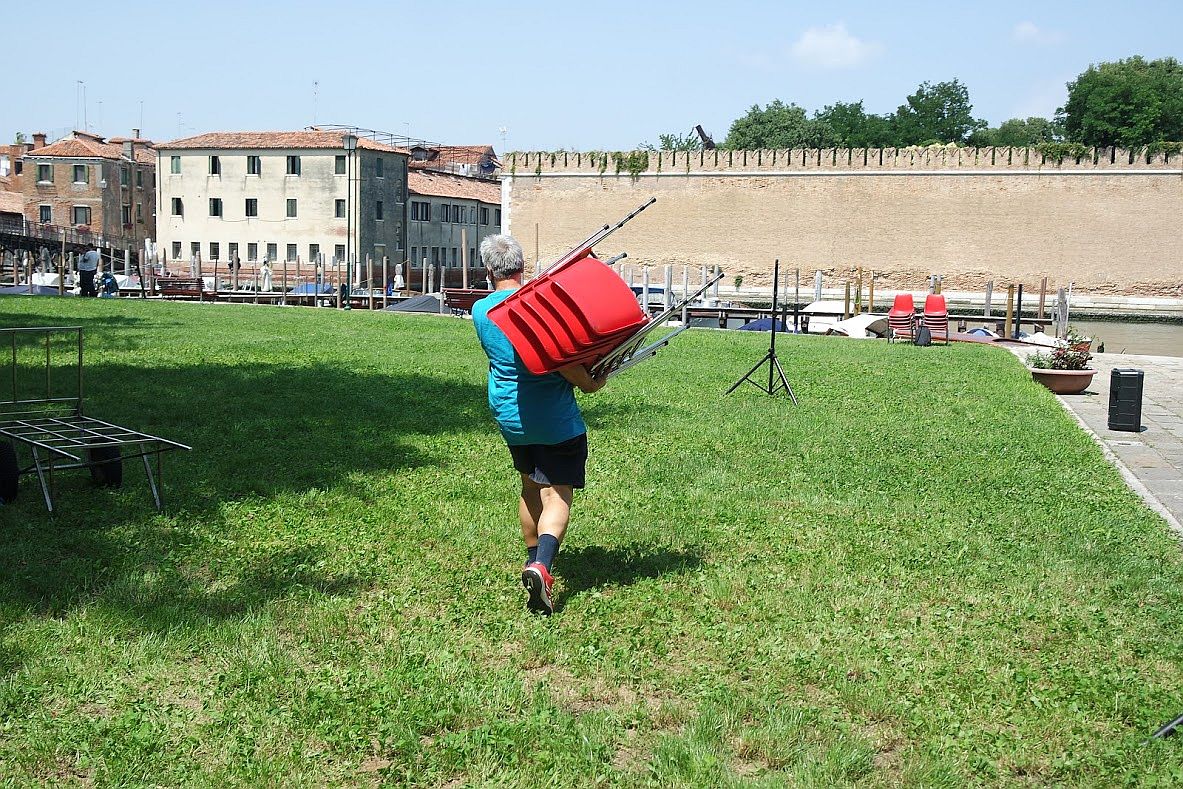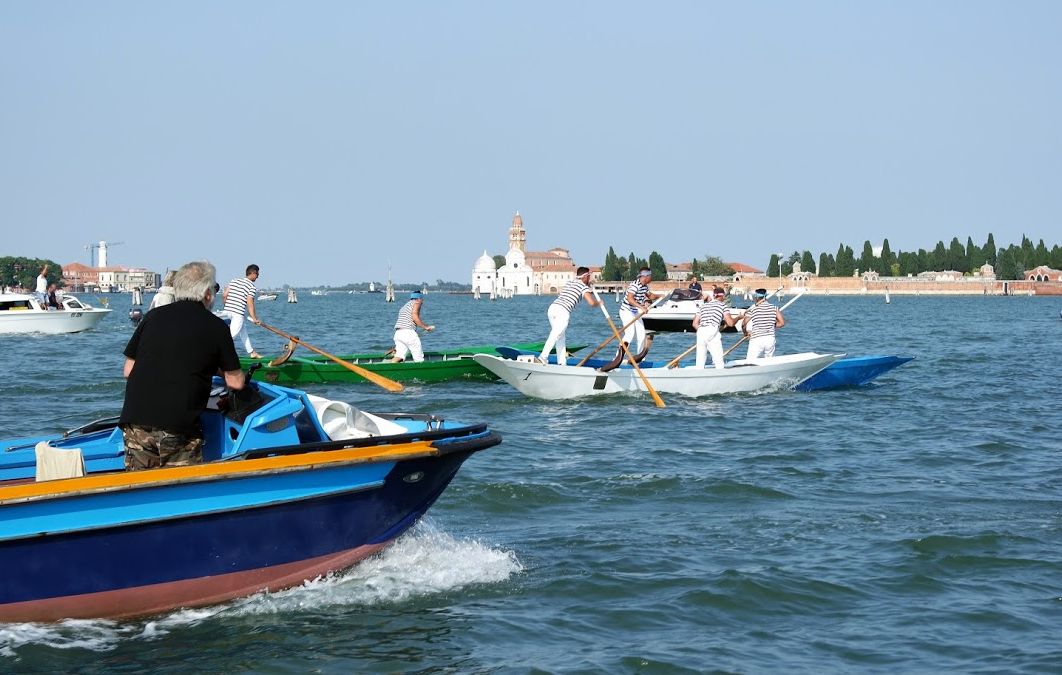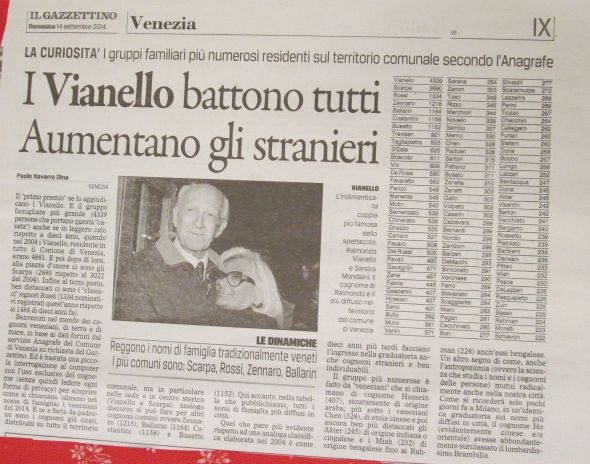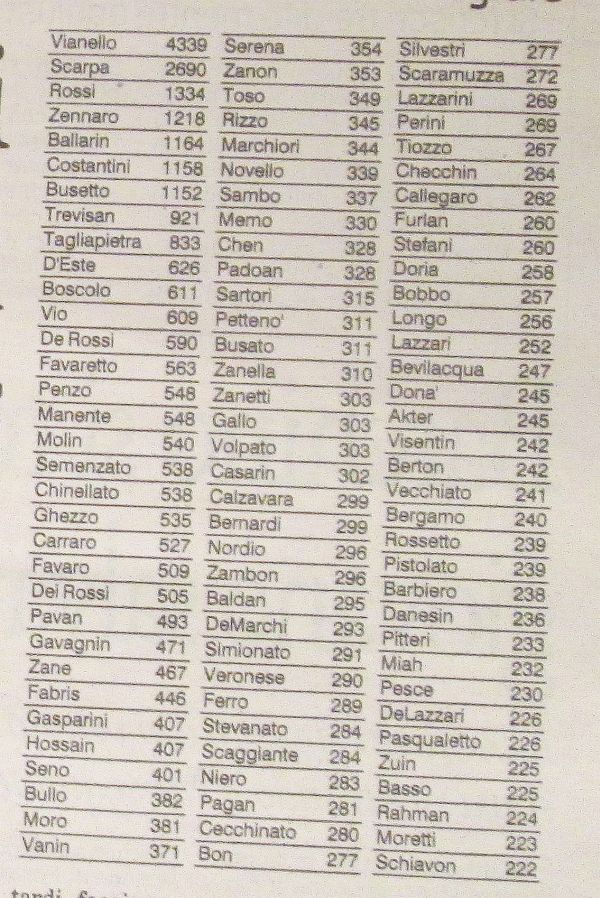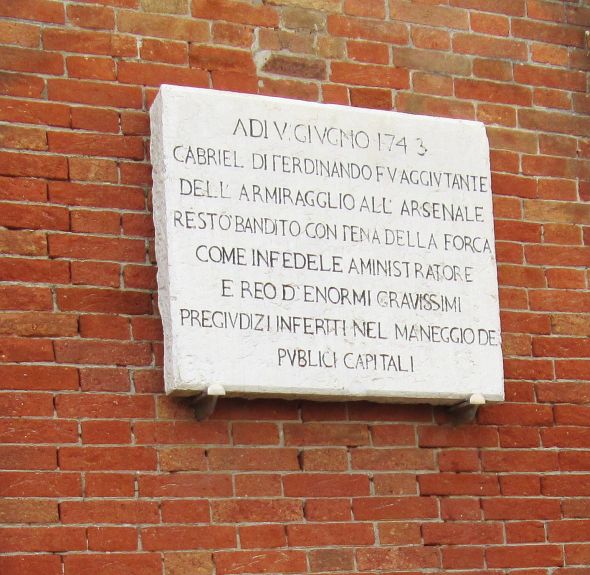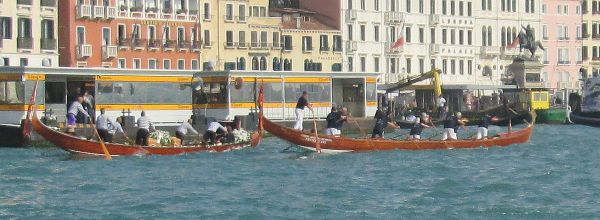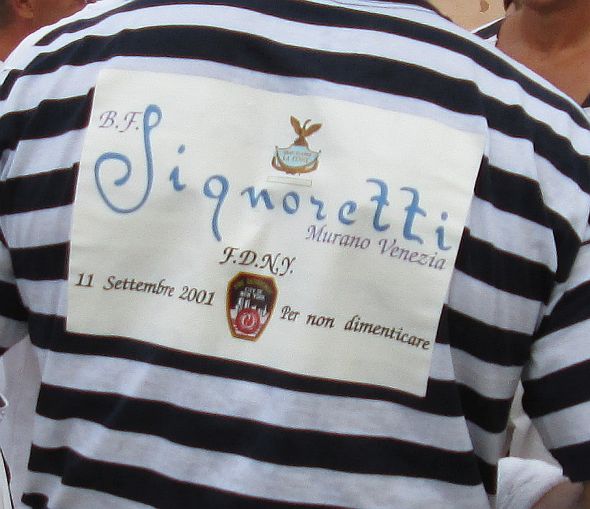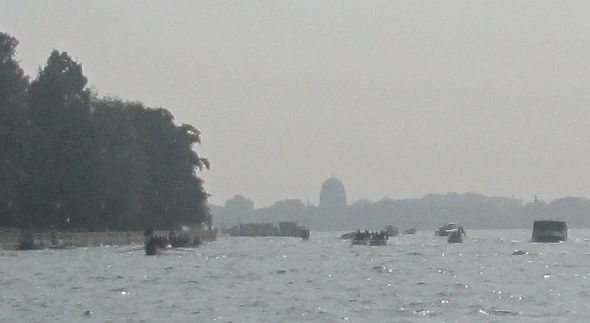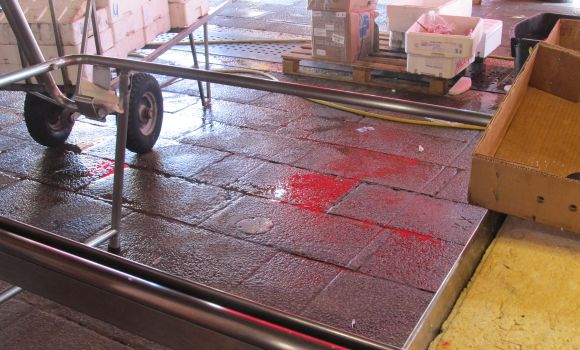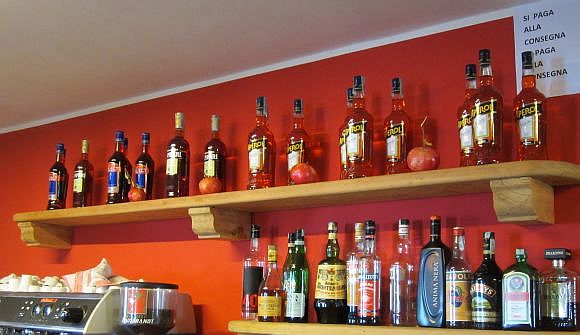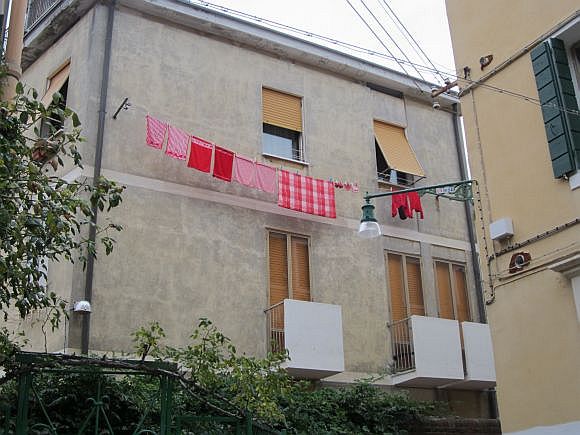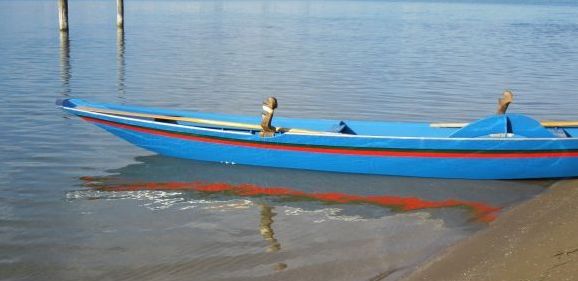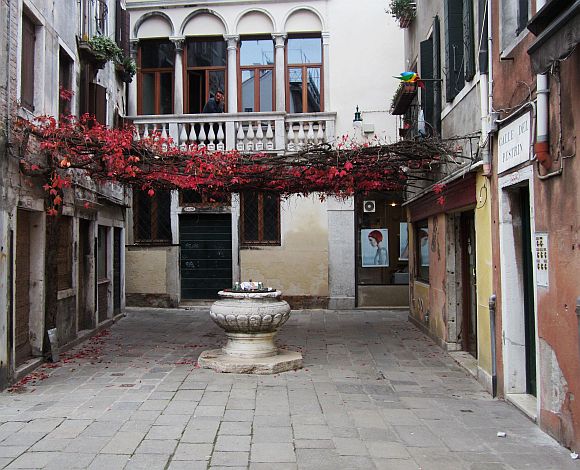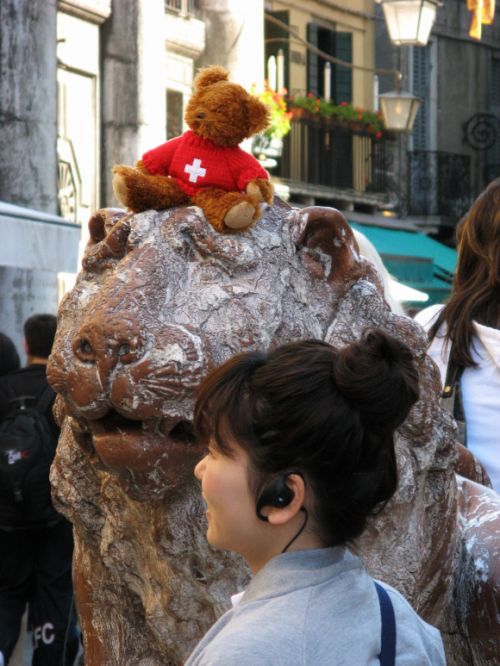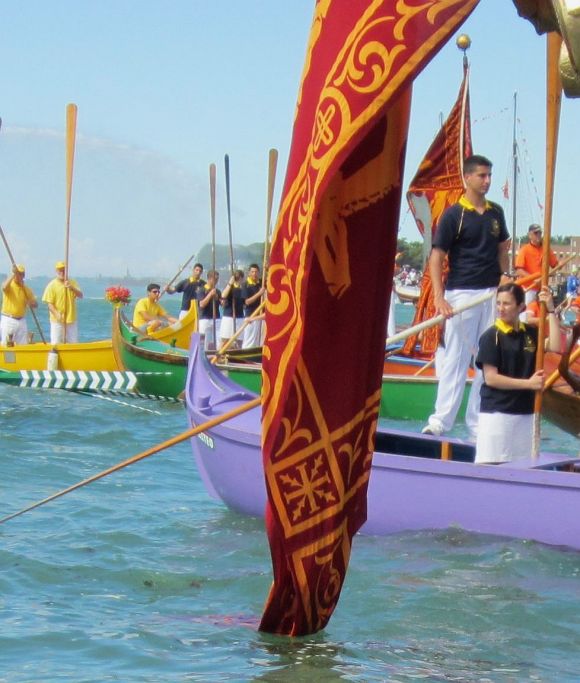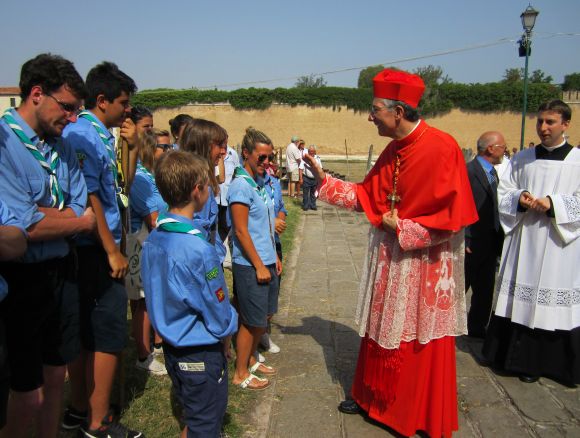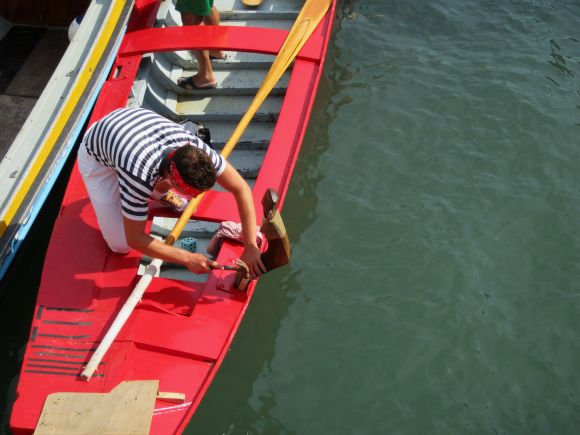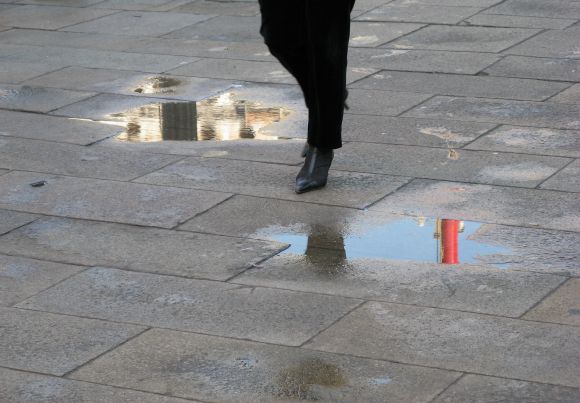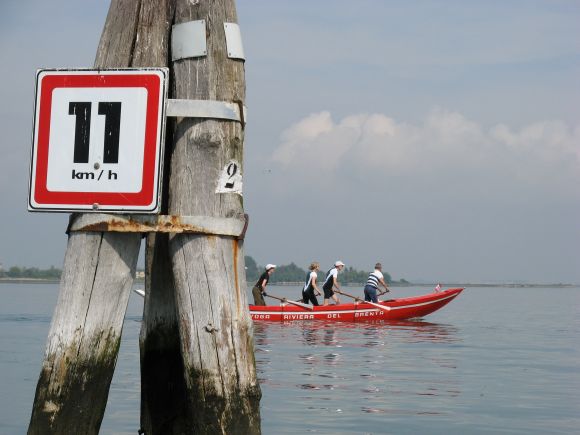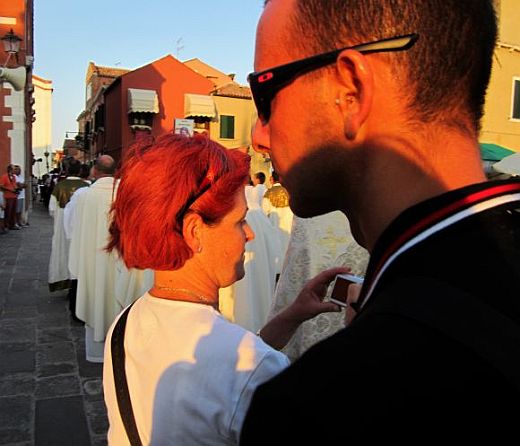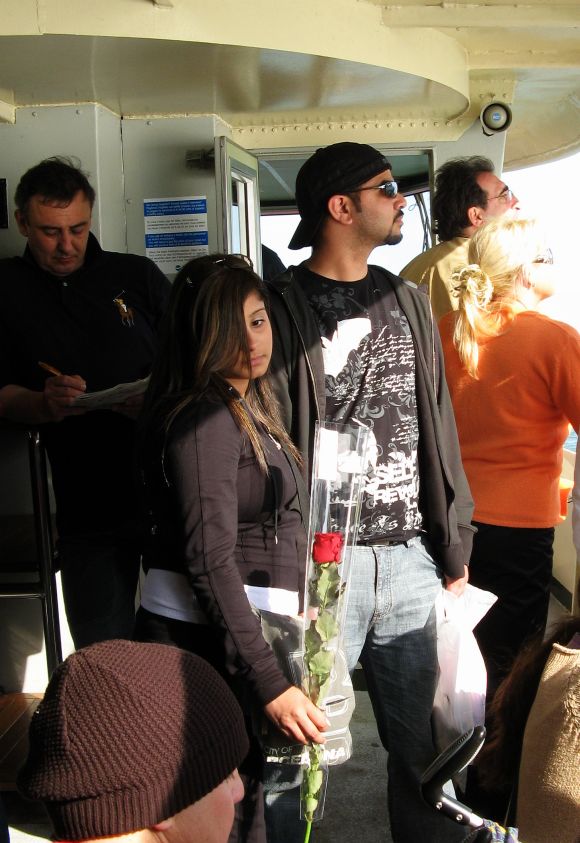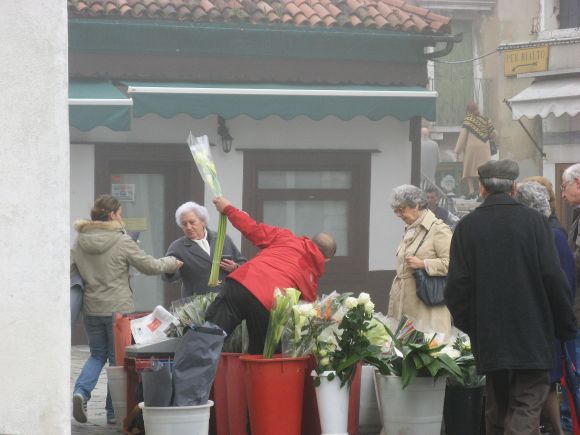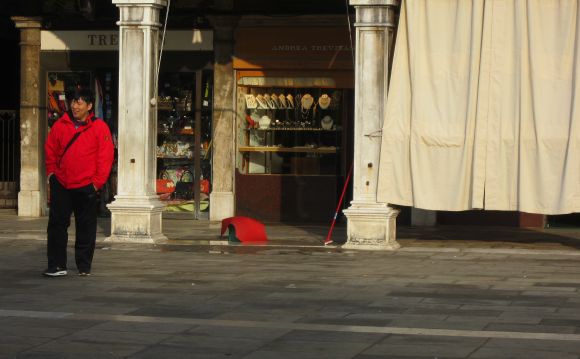Last Sunday was an unusually entertaining day. It wasn’t as entertaining as the last Sunday of June typically is, coming at the culmination of five days of festivizing at San Pietro di Castello in honor of the church’s namesake. But by the time the day was over there had been more diversion than I’d expected.
Let’s start with the festa for Saint Peter. This year — you know what’s coming — The Virus made it impossible to host the usual large and lively crowds, or execute the expected entertainment and the feeding of at least five thousand. (Yes, bread and fish are always on the menu, among other things.)
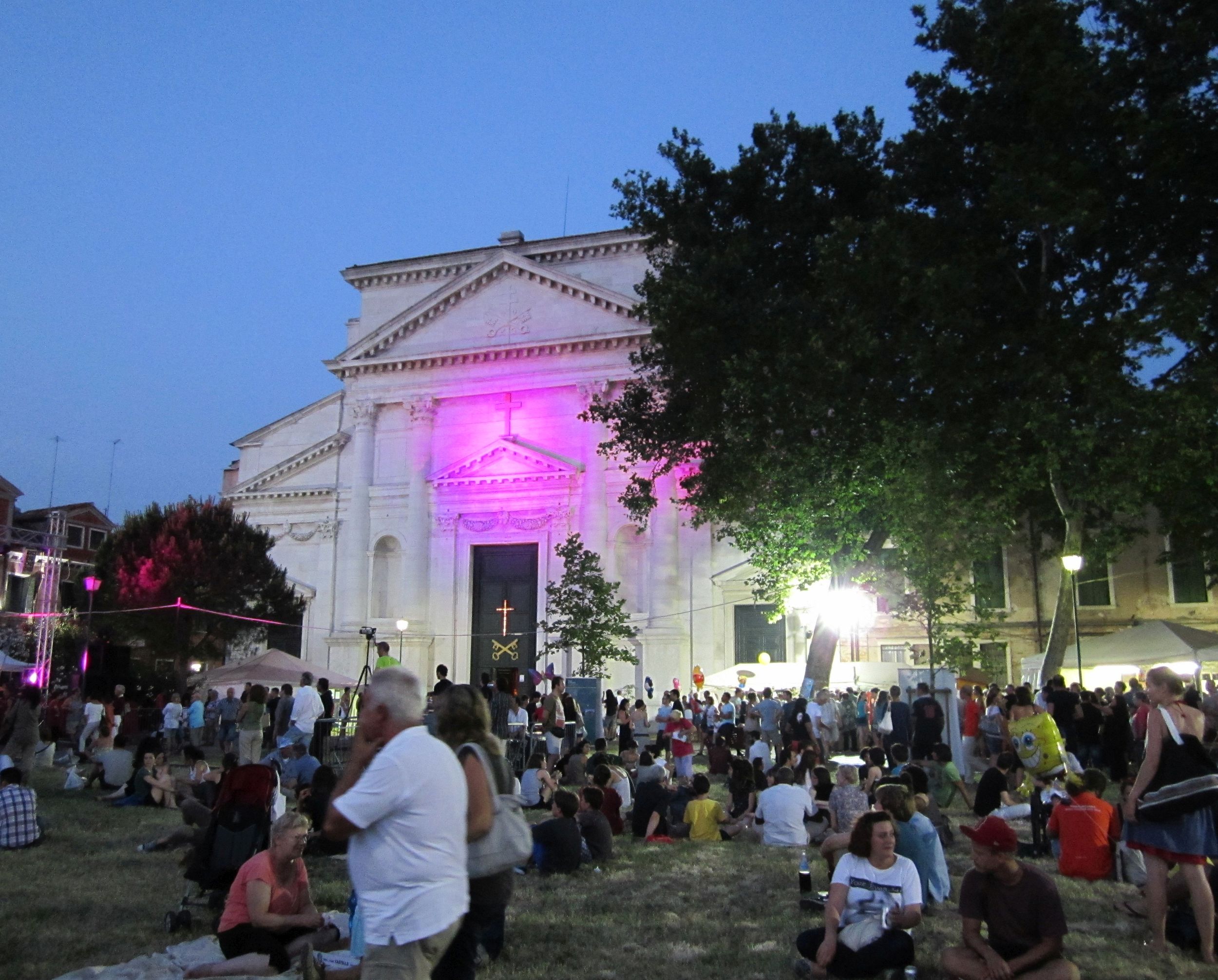

But nobody said we couldn’t have the festal mass, complete with the Patriarch of Venice on his annual visit. Chairs were set up outside in the campo, correctly distanced, and although the usual supporting players were few (a couple of selected Scouts instead of a whole troop, four trumpeters instead of the band from Sant’ Erasmo), or even non-existent (no Cavalieri di San Marco in their sweeping mantles — soooo hot but sooooo well worth it, I’m sure they believe), there was a fine gathering of the faithful.
And may I say that seeing each other without being separated by layers of tourists has been, and continues to be, a noticeably positive aspect of the quarantine and aftermath. More about that another time. But back to the service.
As the Patriarch pointed out in his sermon, the religious aspect is the one essential element of the occasion. He didn’t specifically say “Don’t feel mournful because there were no barbecued ribs and polenta and live music and horsing around for hours with your friends and the mosquitoes,” though I’m sure he knew that’s what people were missing. At least they came for him.
To review: This was the traditional festa:
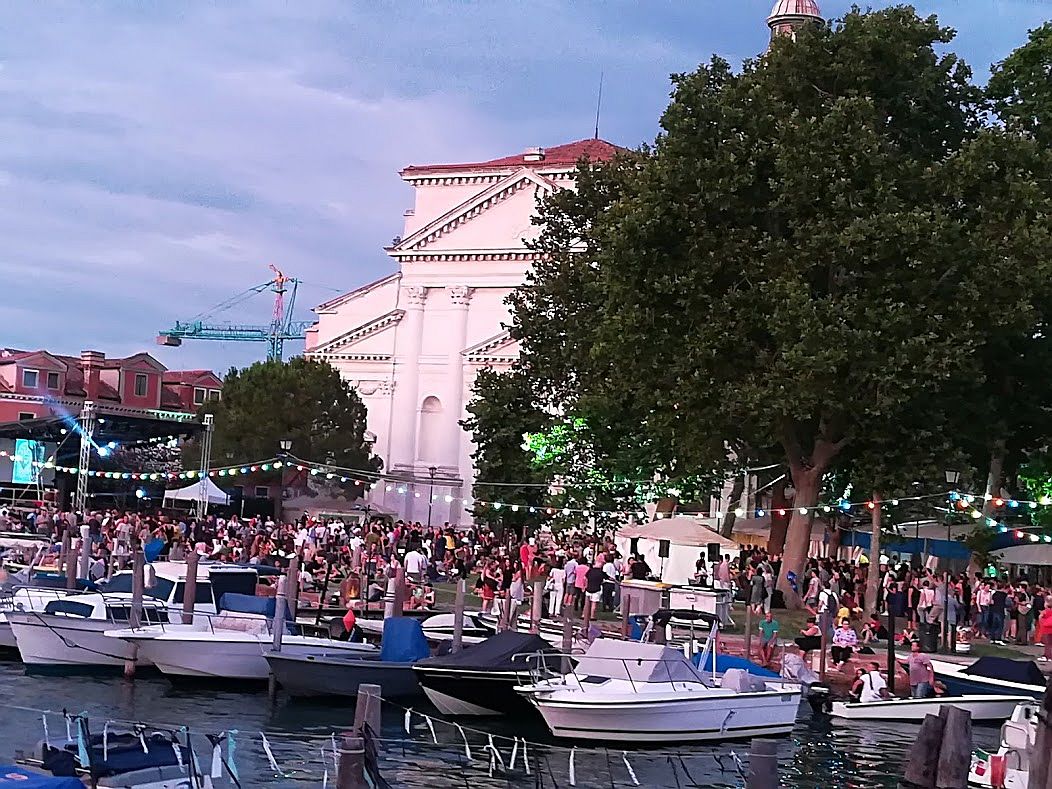

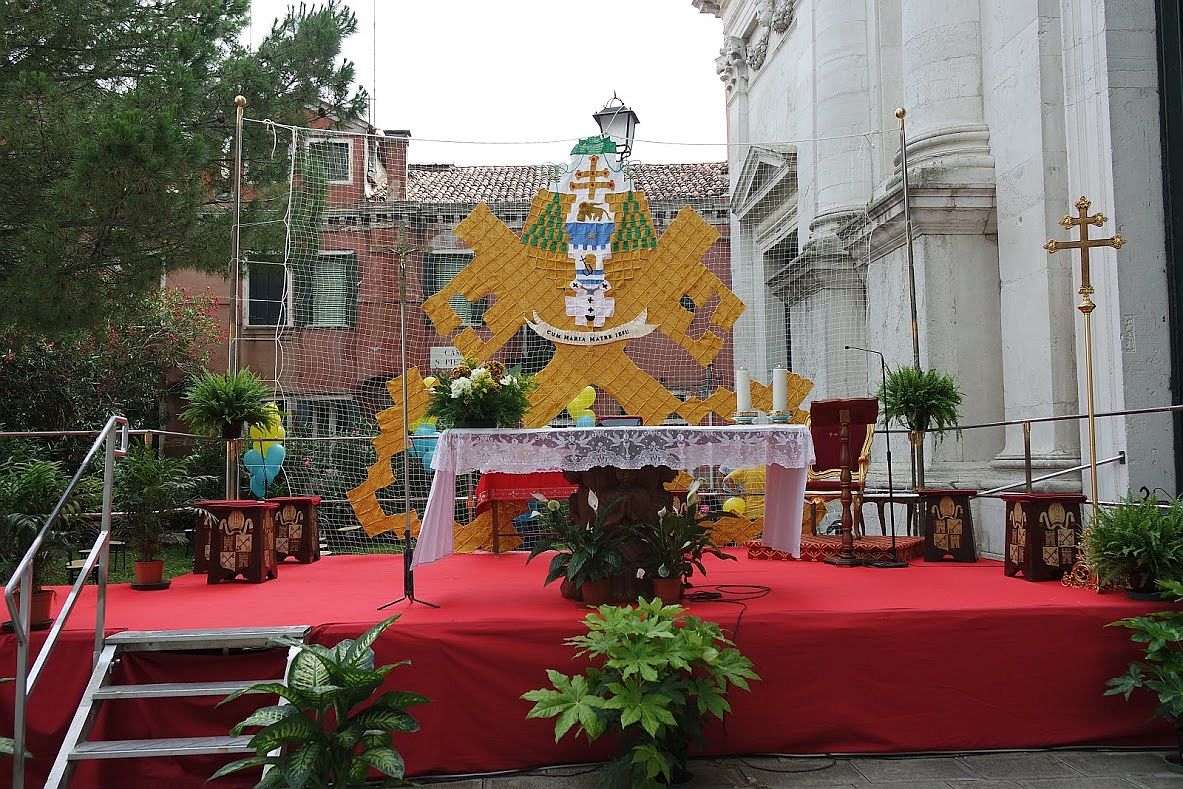
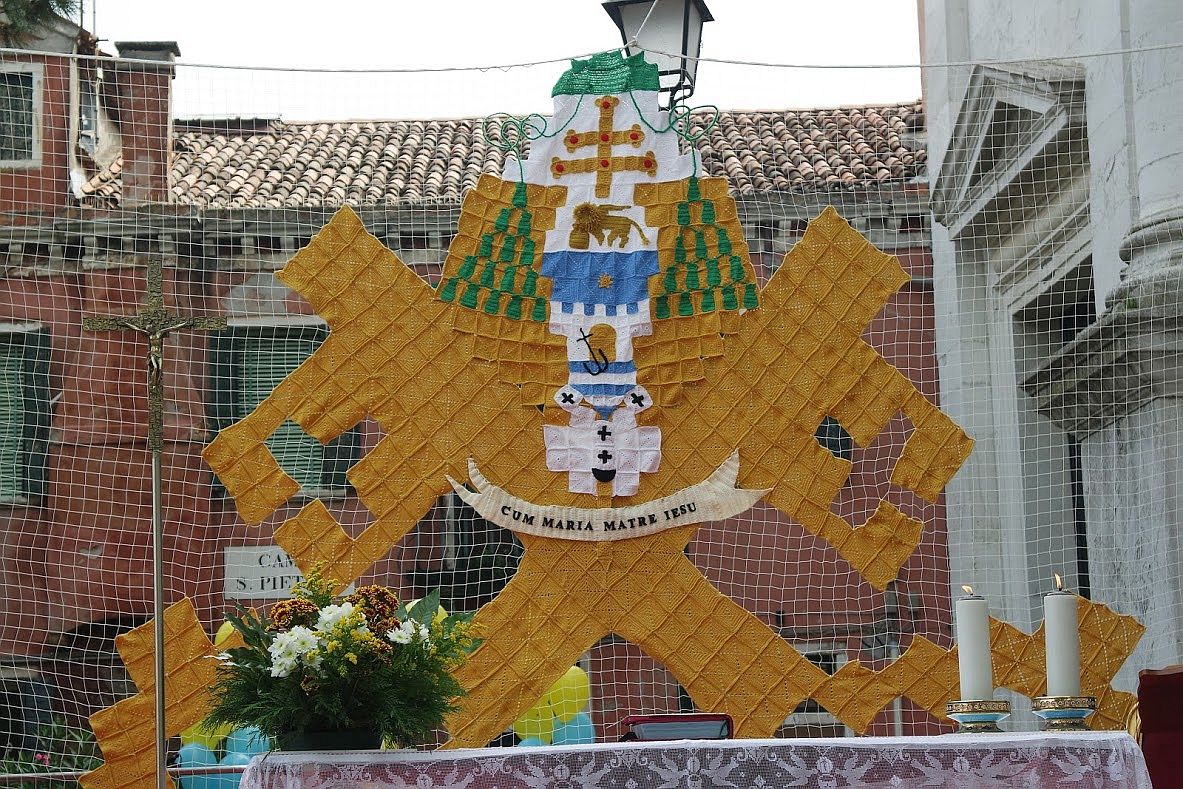

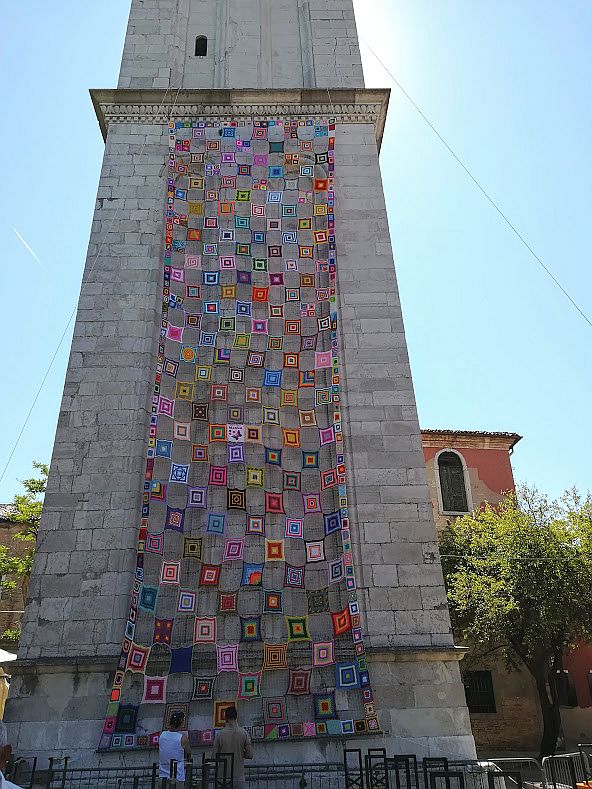
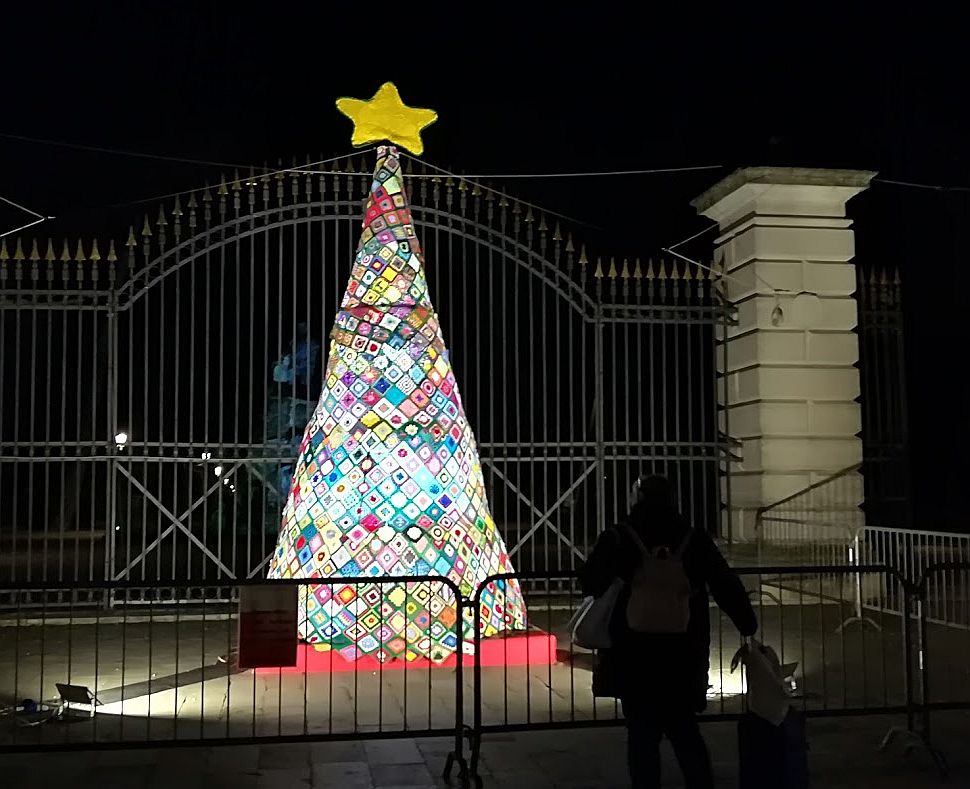
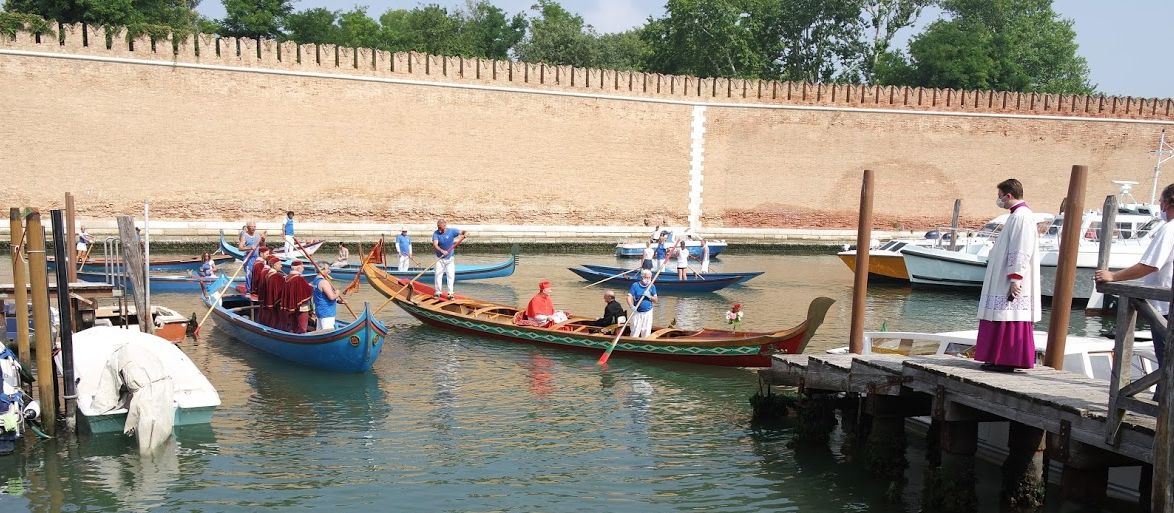
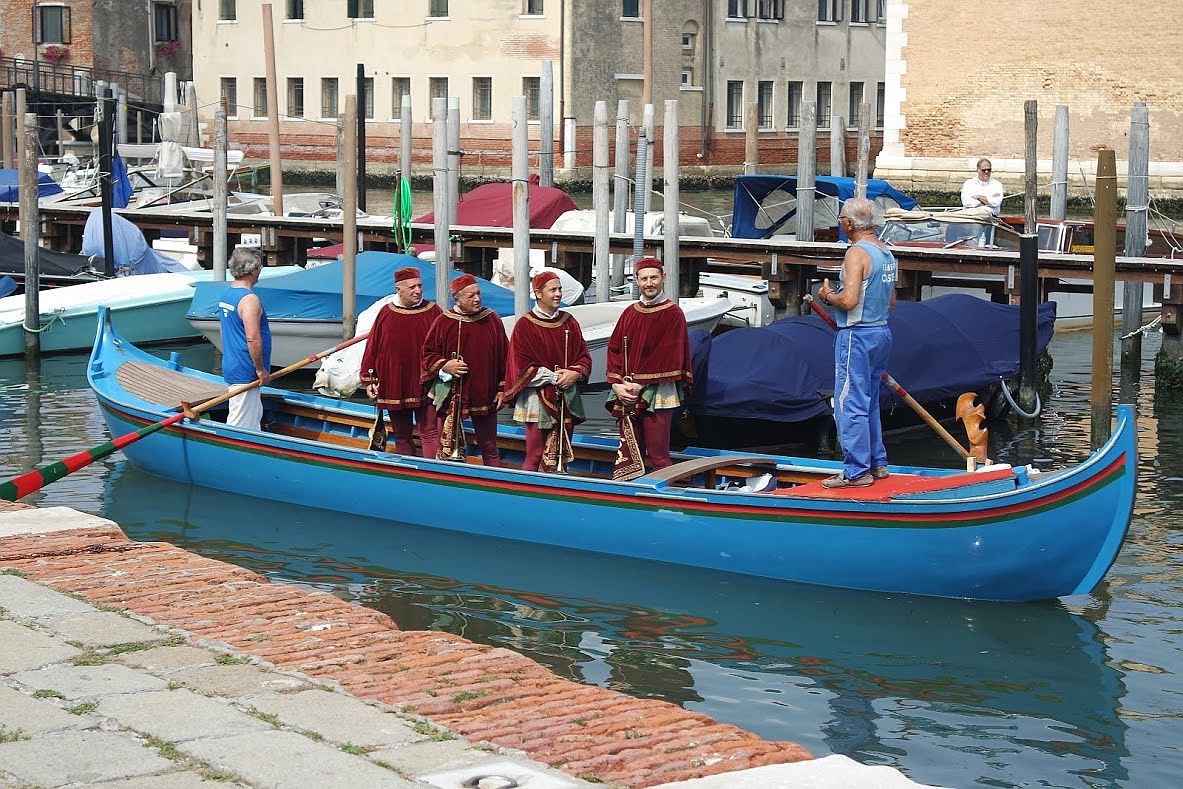

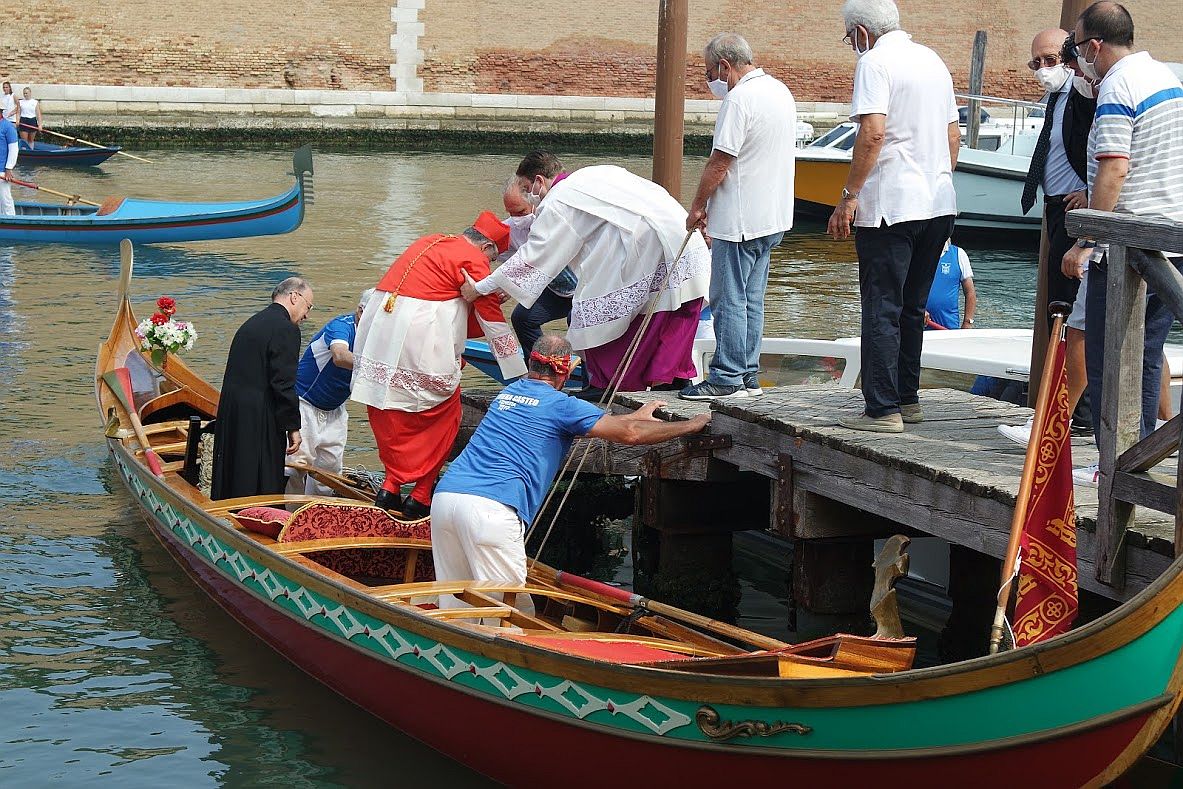

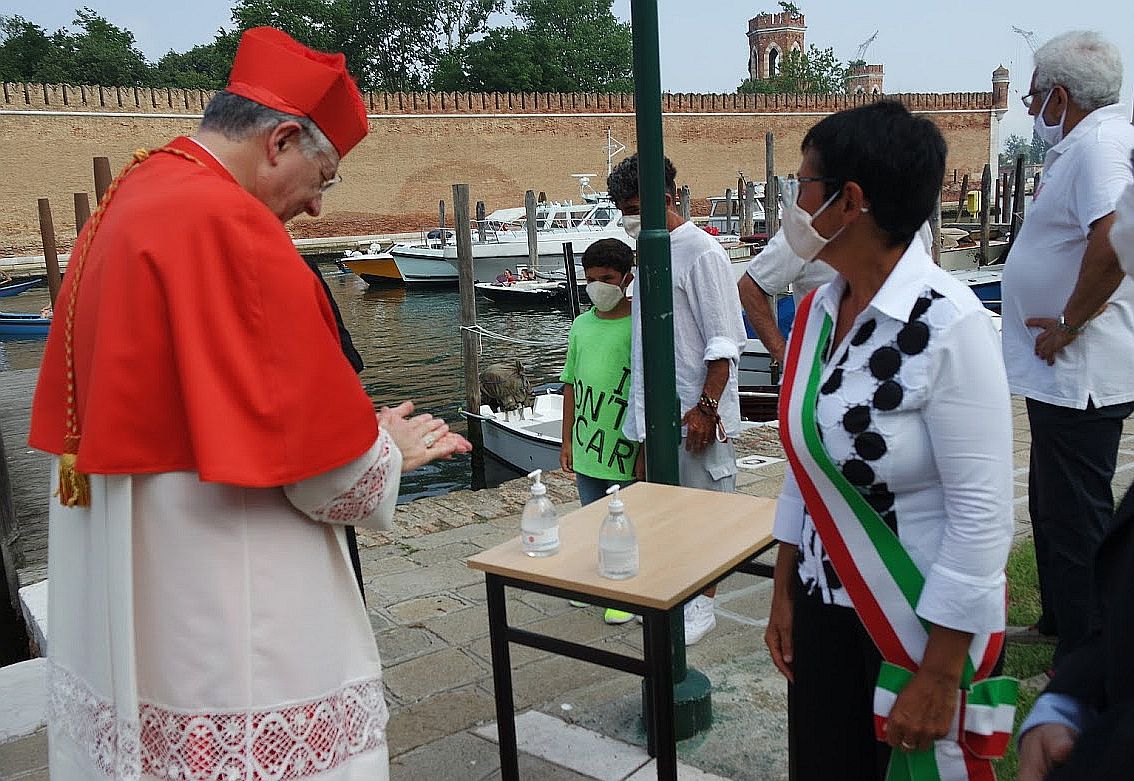
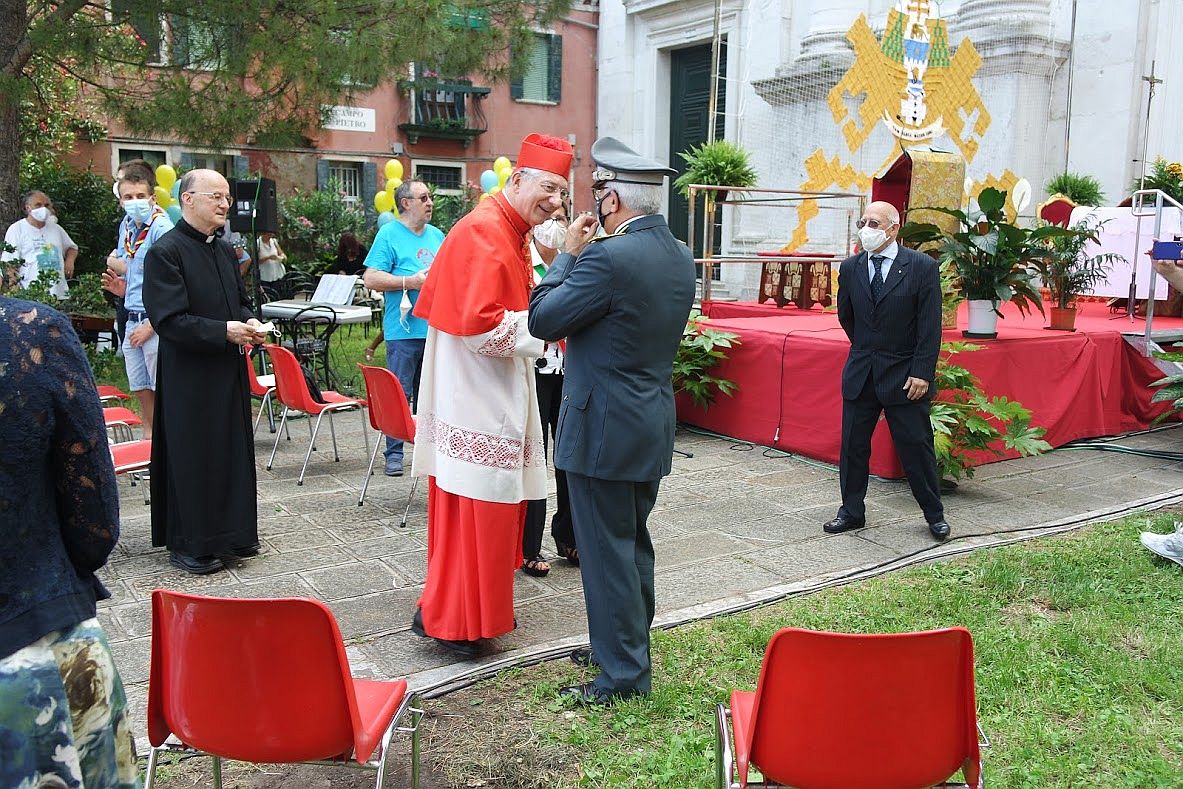



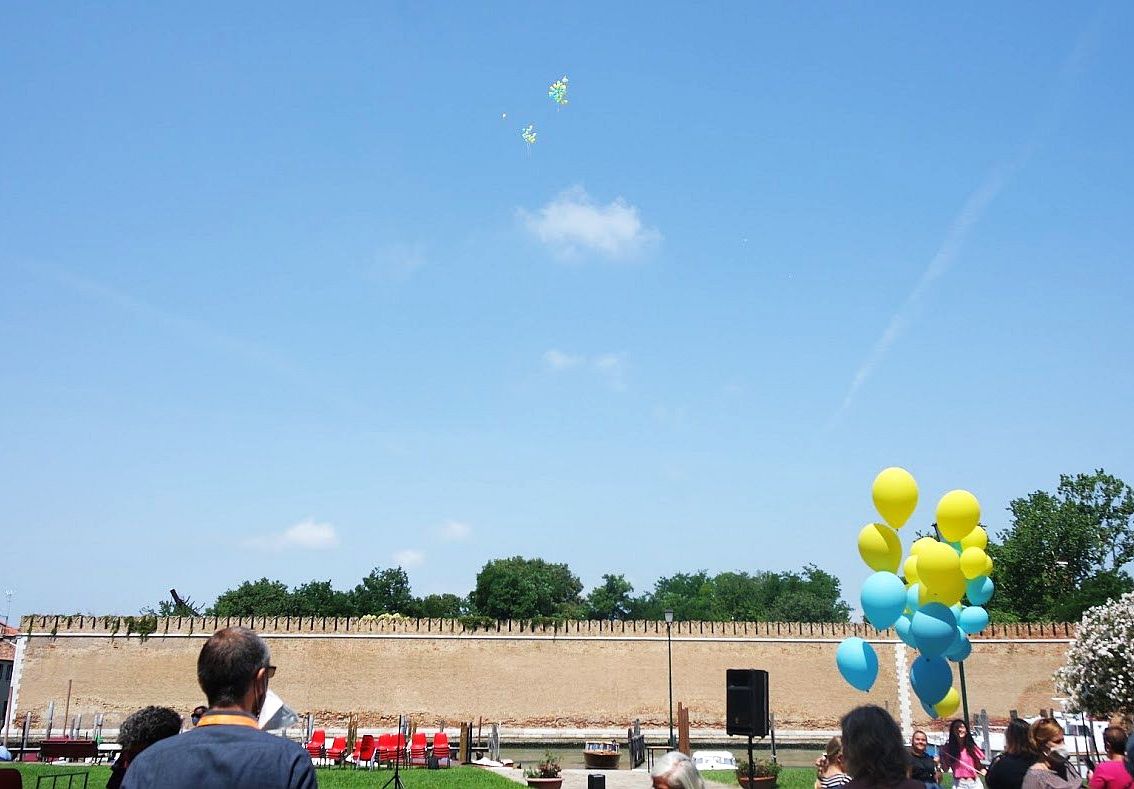
Sunday afternoon it was time to segue from the sublime to the secular. Every year, on the last Sunday in June, the city of Venice organizes two races in honor of Saints Giovanni and Paolo. The reason it isn’t called the race of Saint Peter is because it is held in the water between Murano and the Fondamente Nove, and the finish line is in front of the hospital, which is on the campo SS. Giovanni e Paolo.
The first race involves pairs of men on a boat called a pupparino; the second race is for young men up to age 25, rowing solo on gondolas. Sound simple? Of course it is, as long as everything goes well.
But sometimes it doesn’t…..
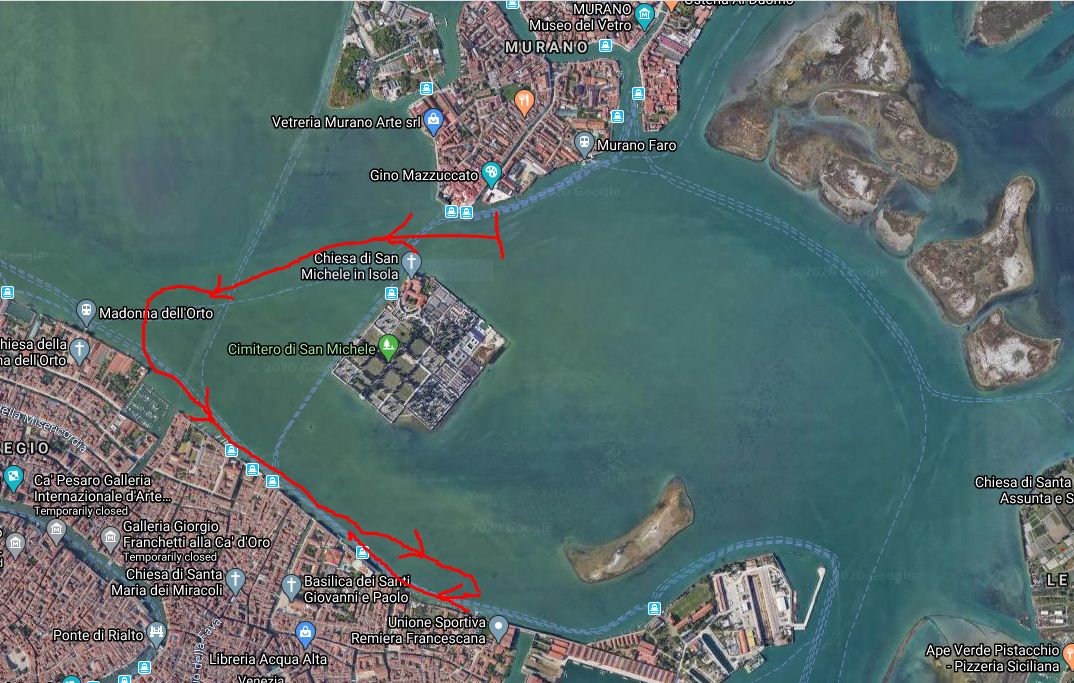
The men on pupparinos go first, and go they certainly did. I’m usually watching from the shore, but this time I was able to follow the race on a friend’s motorboat.
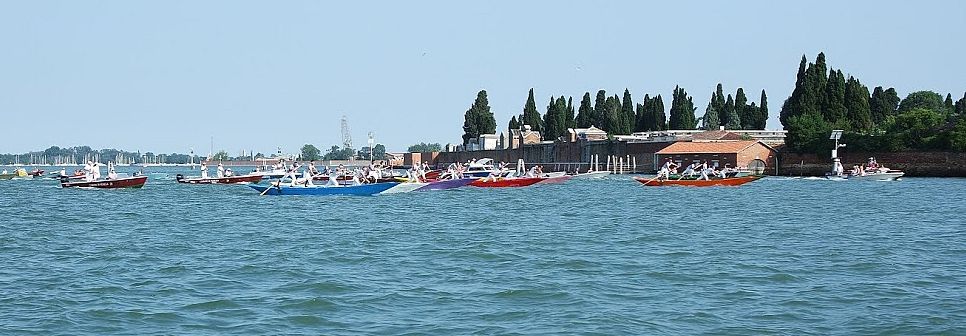

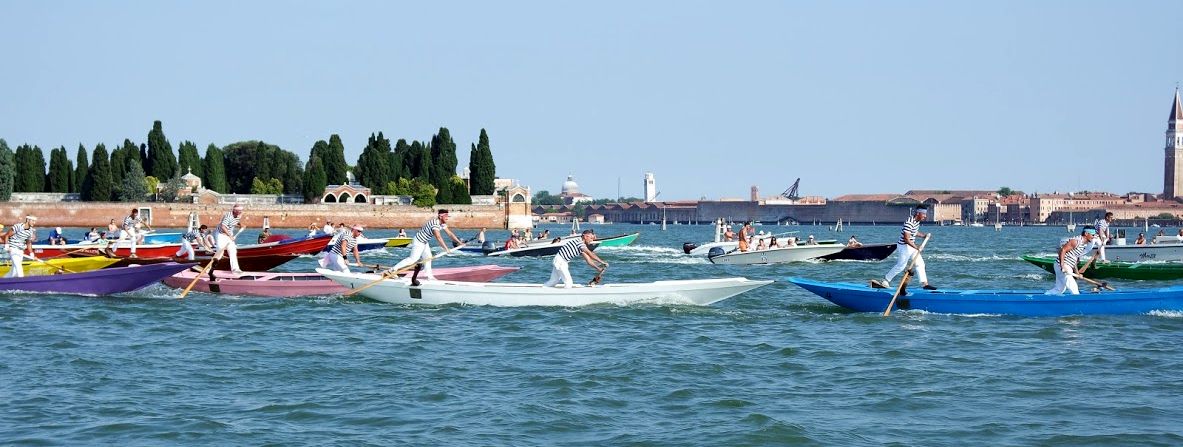

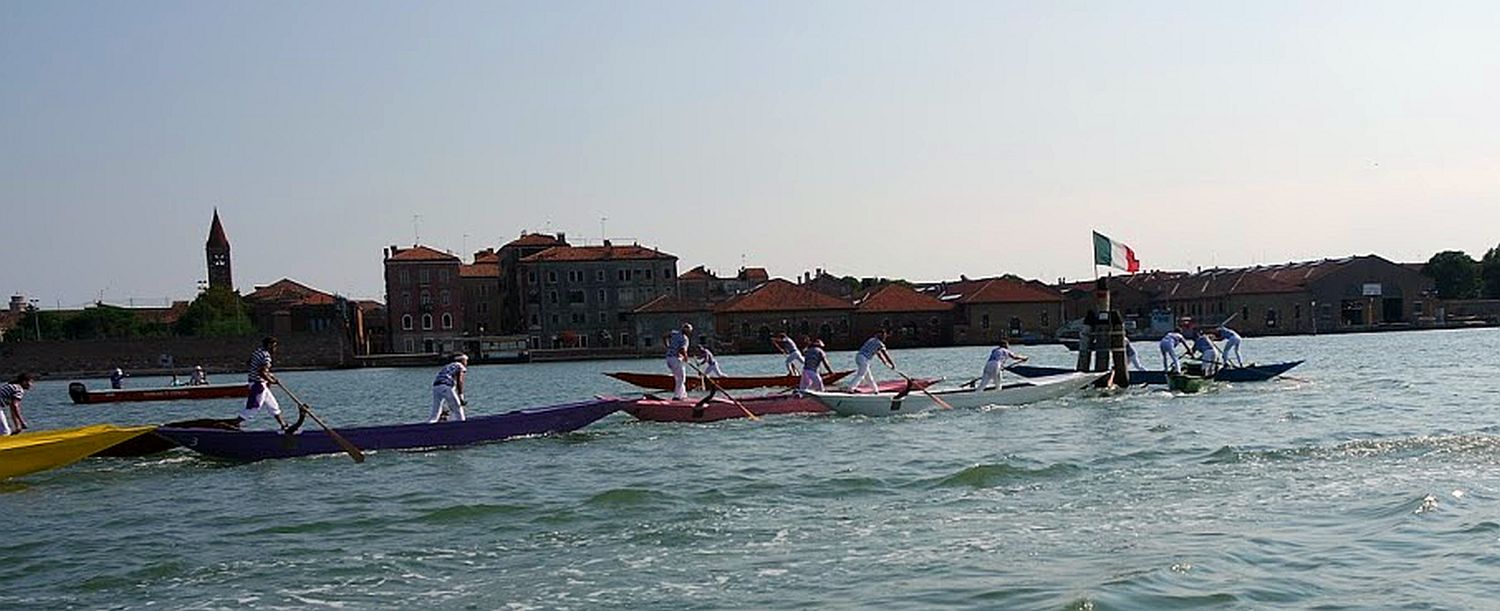
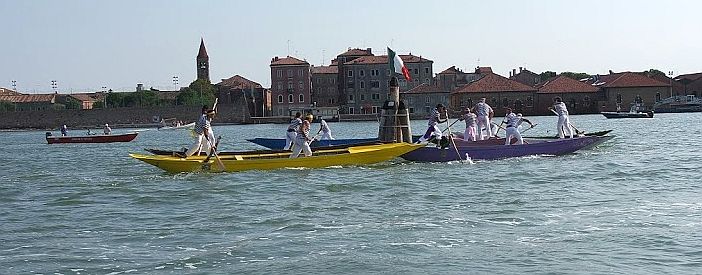
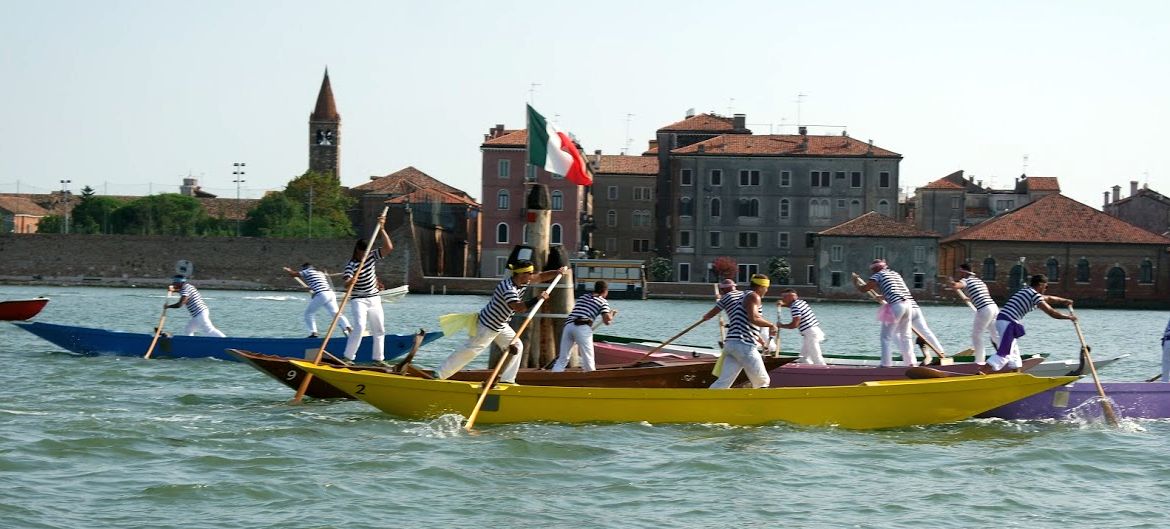


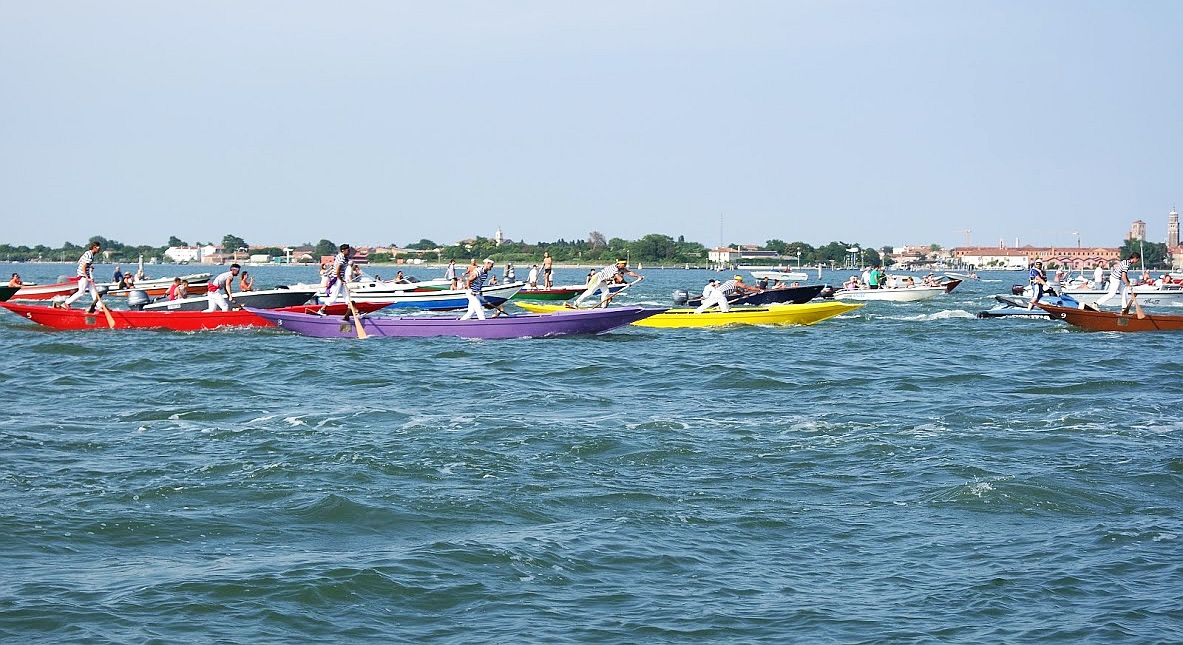
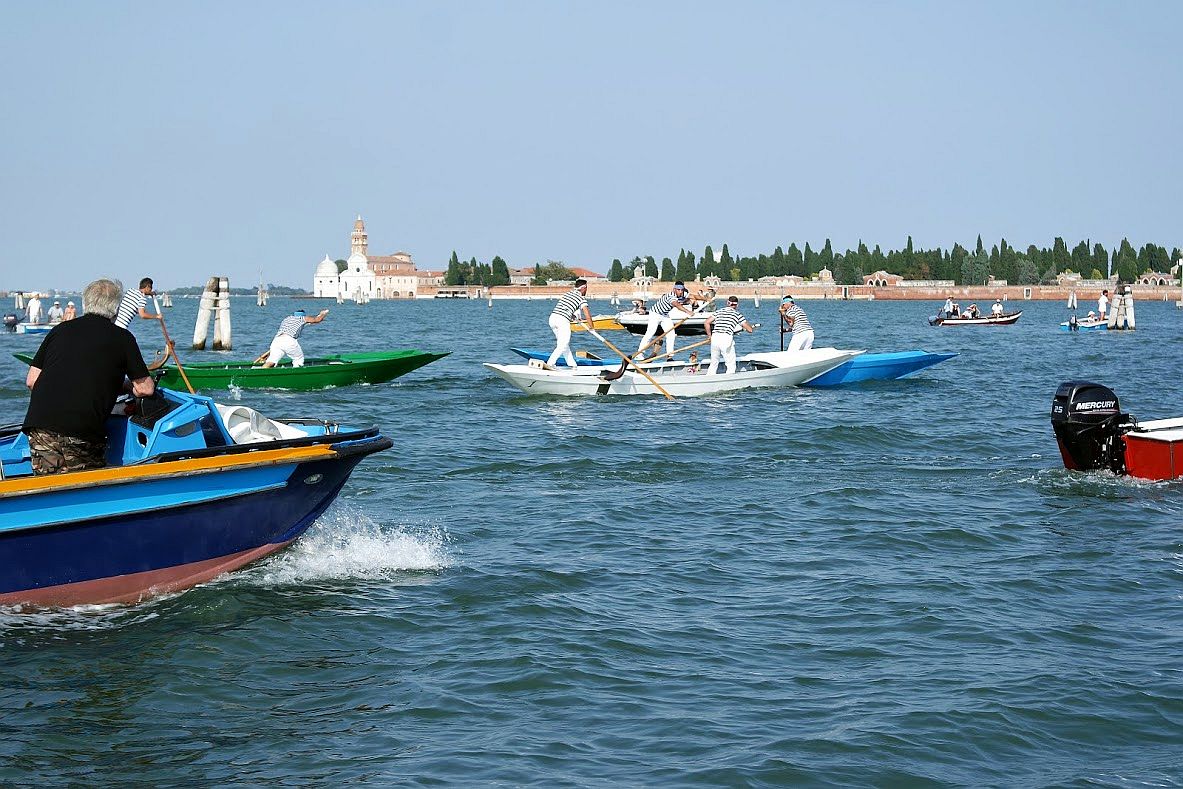

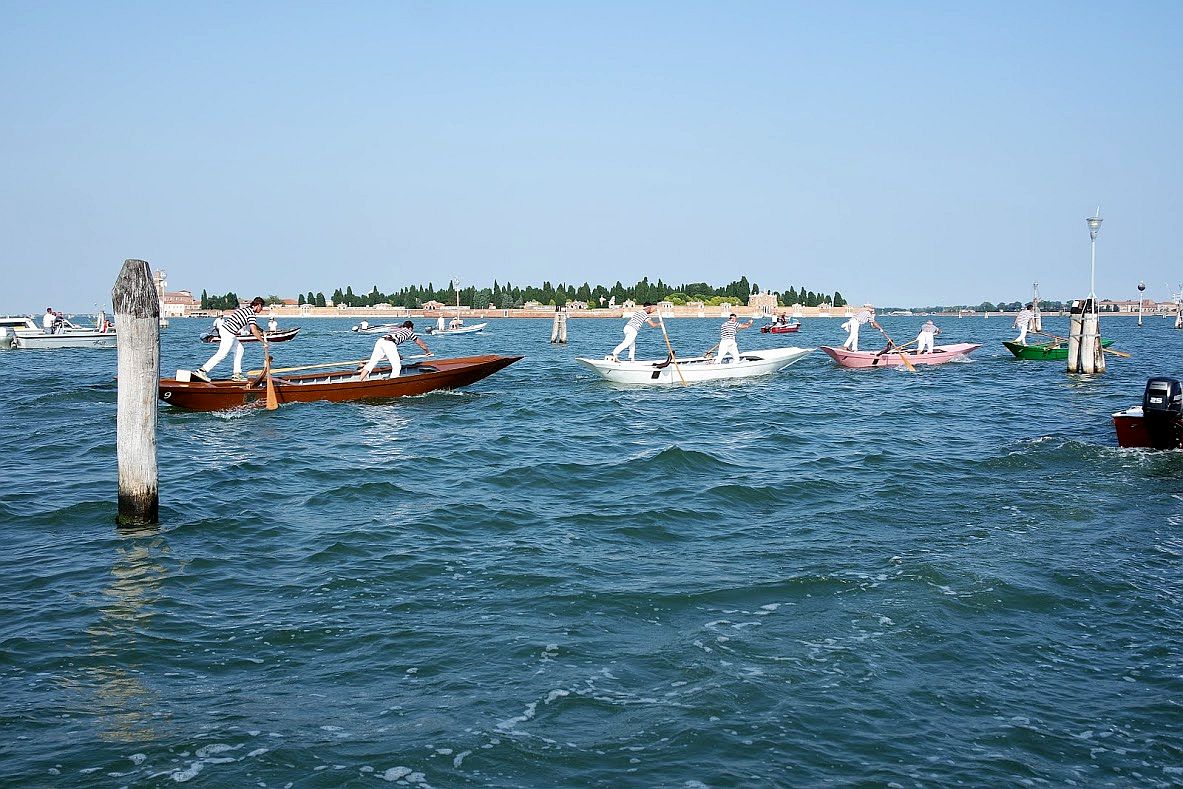
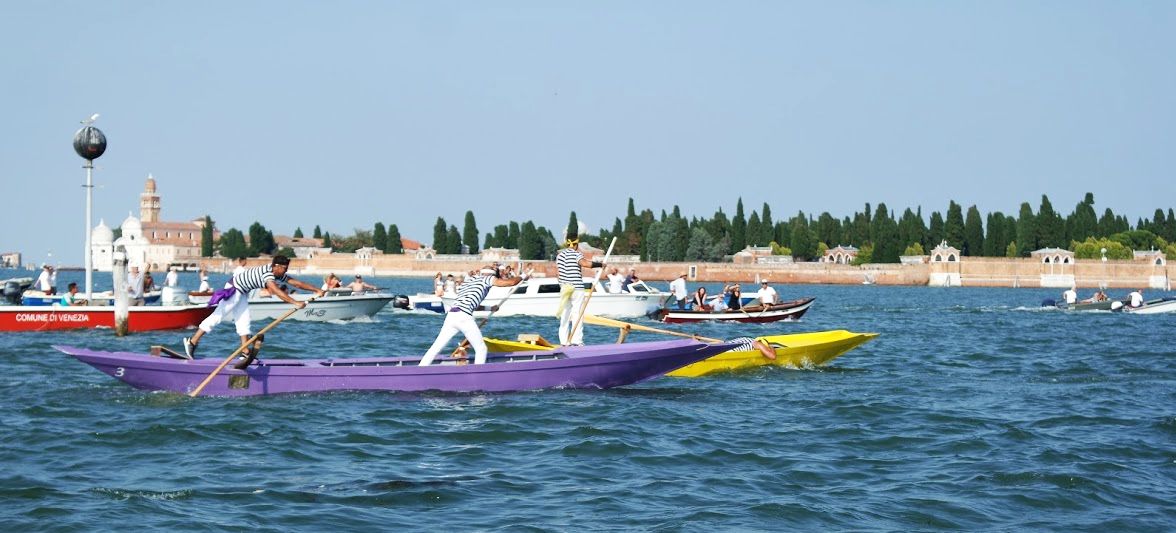
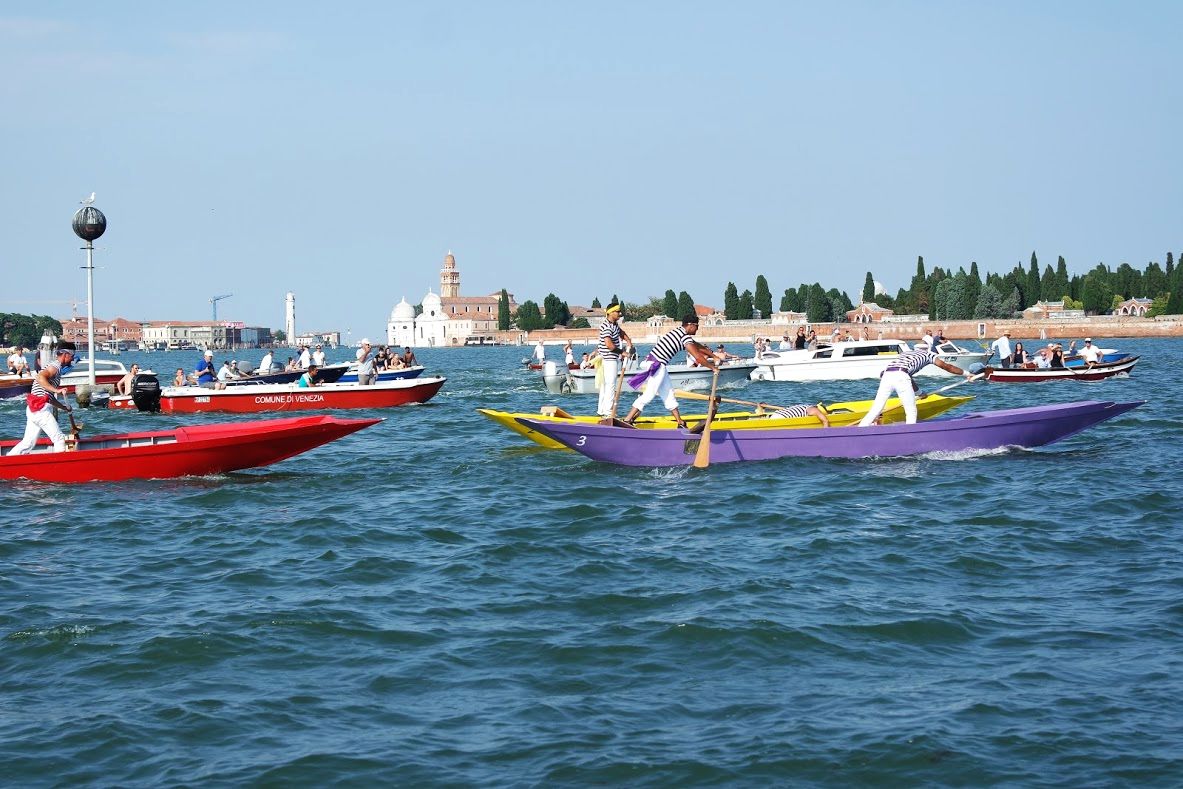


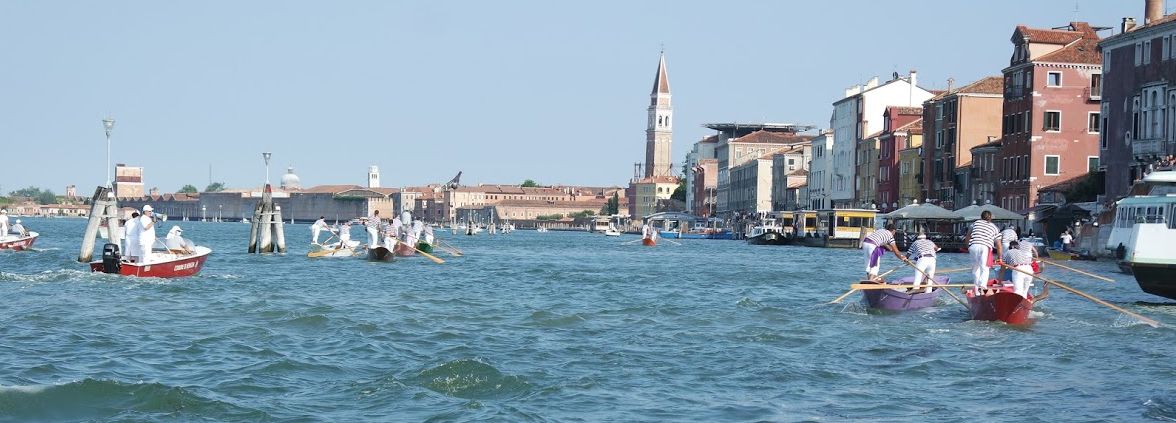

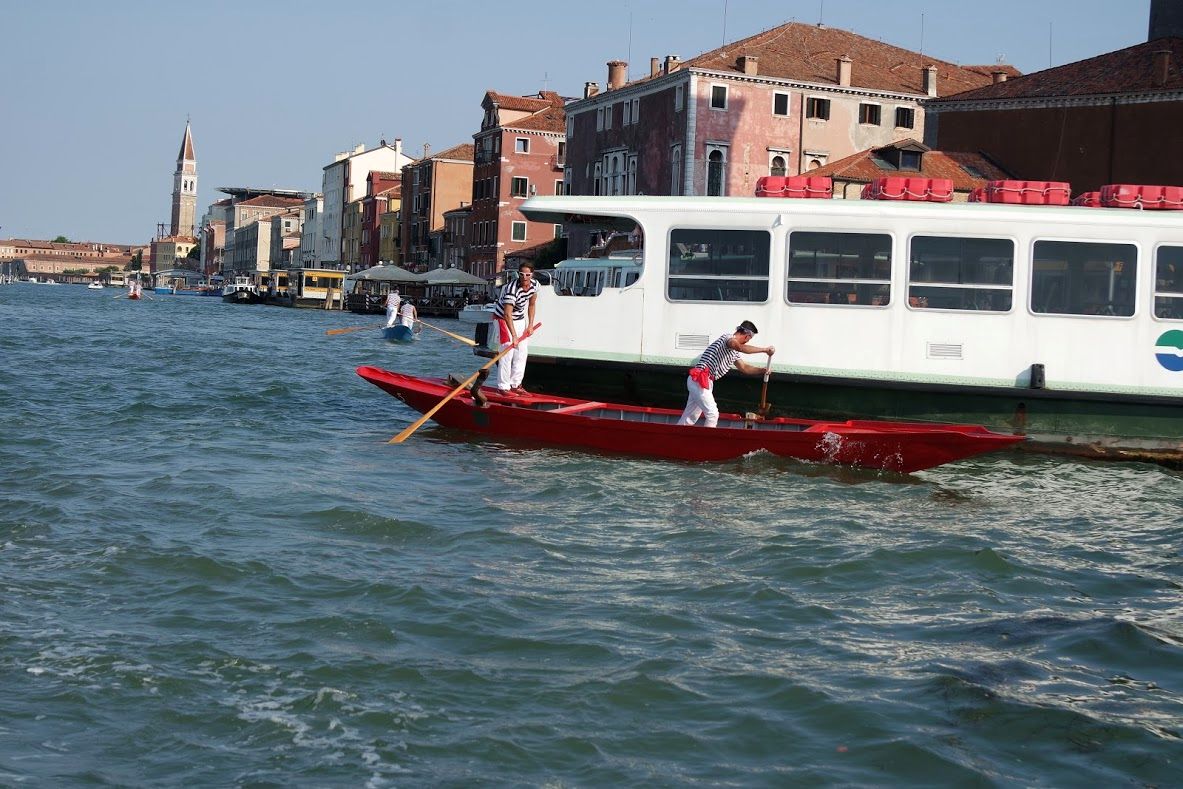
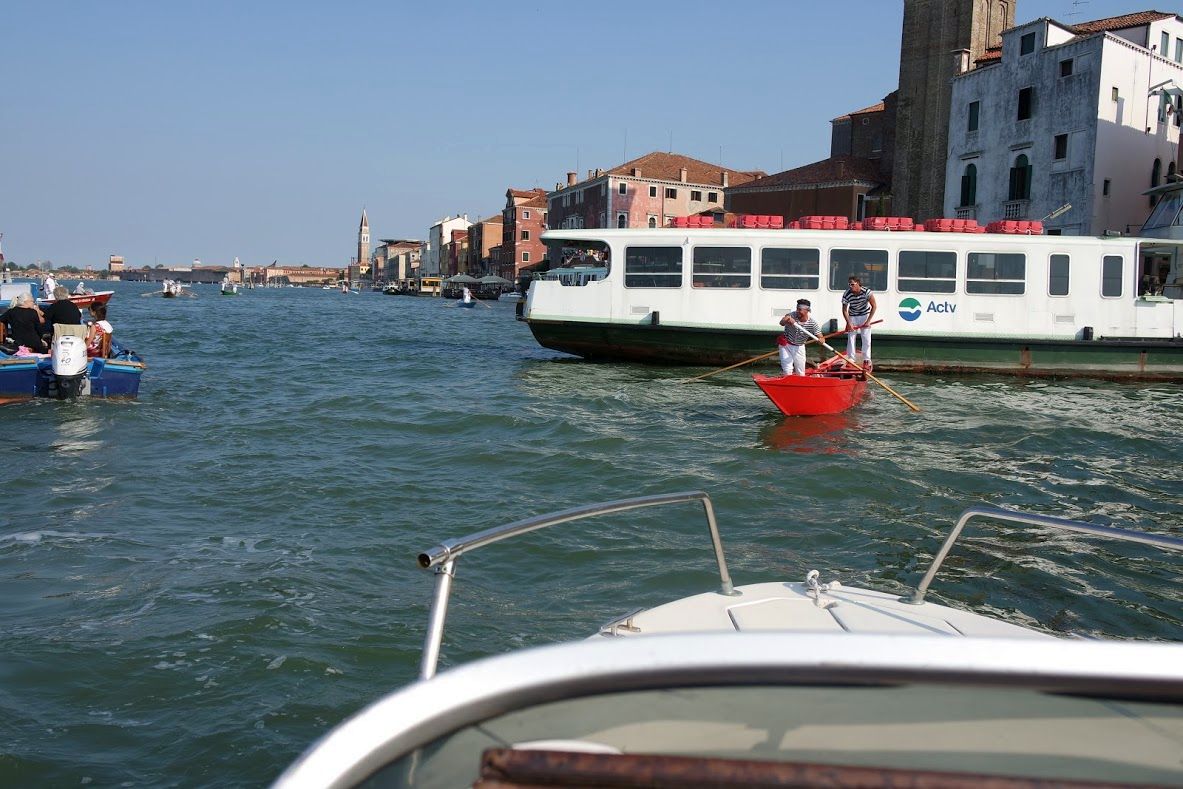


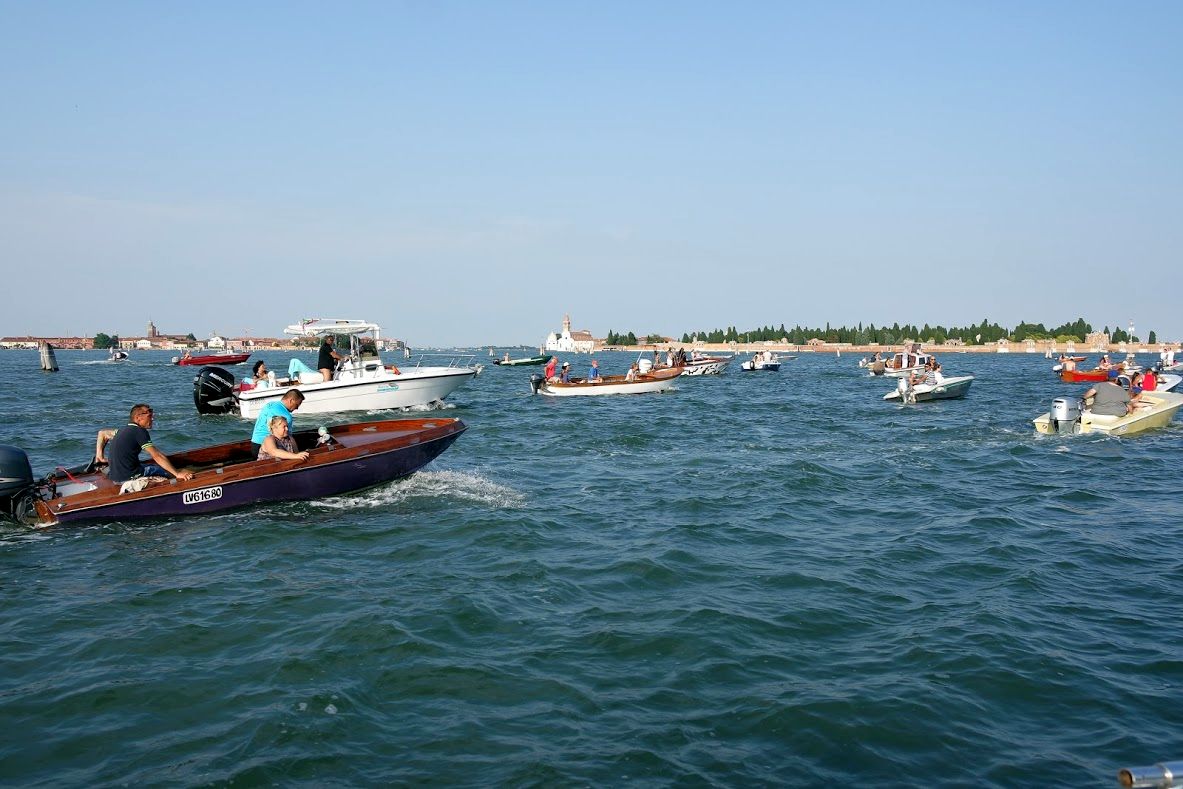
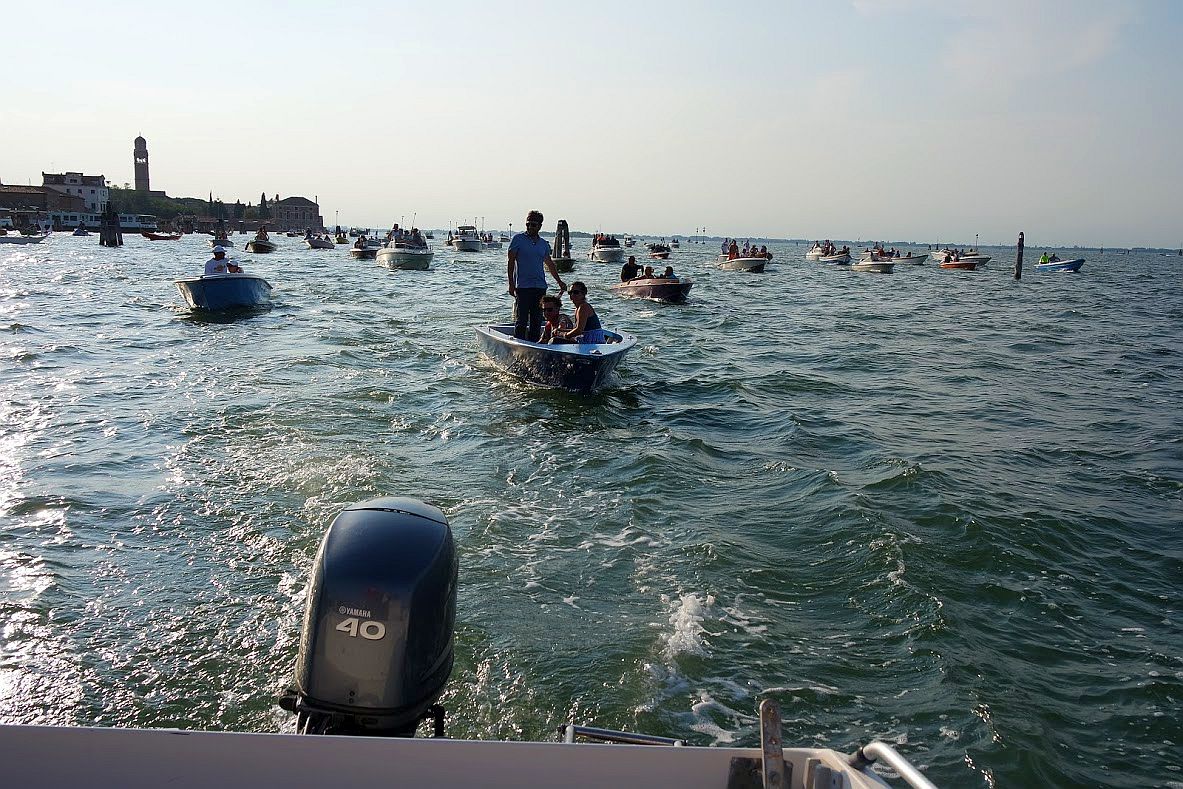
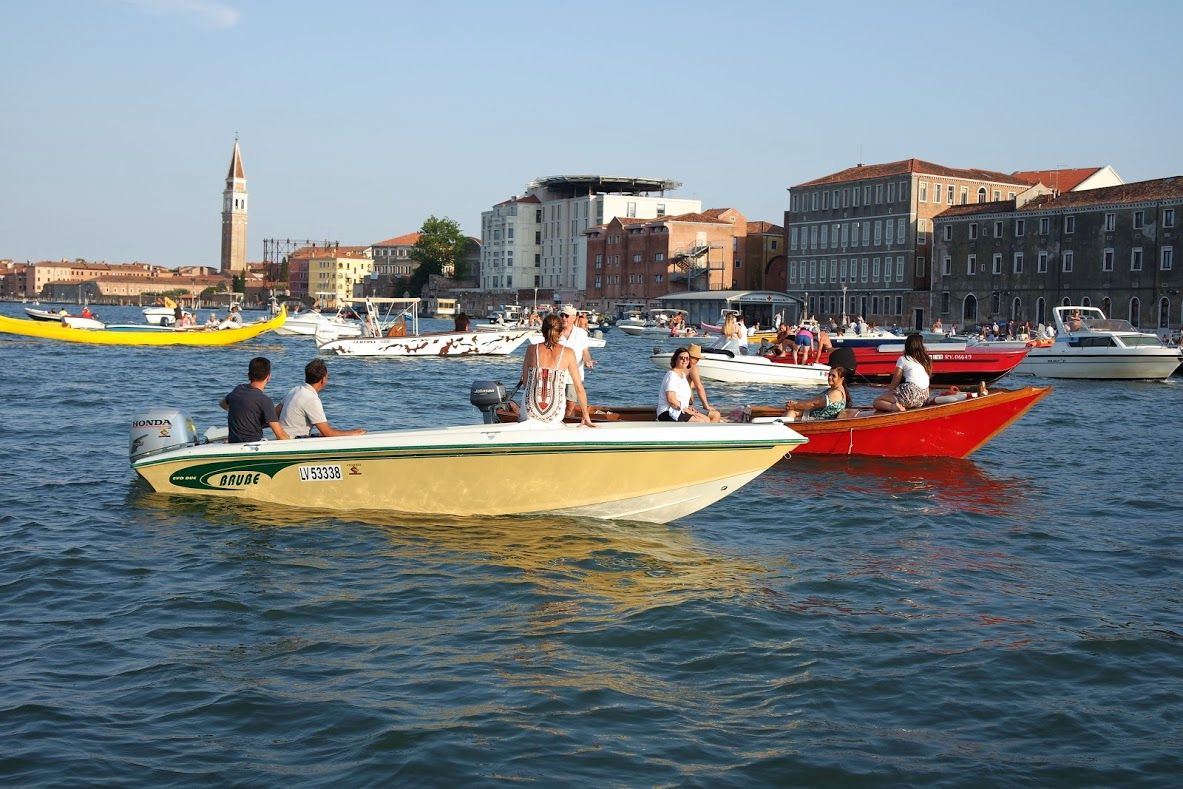
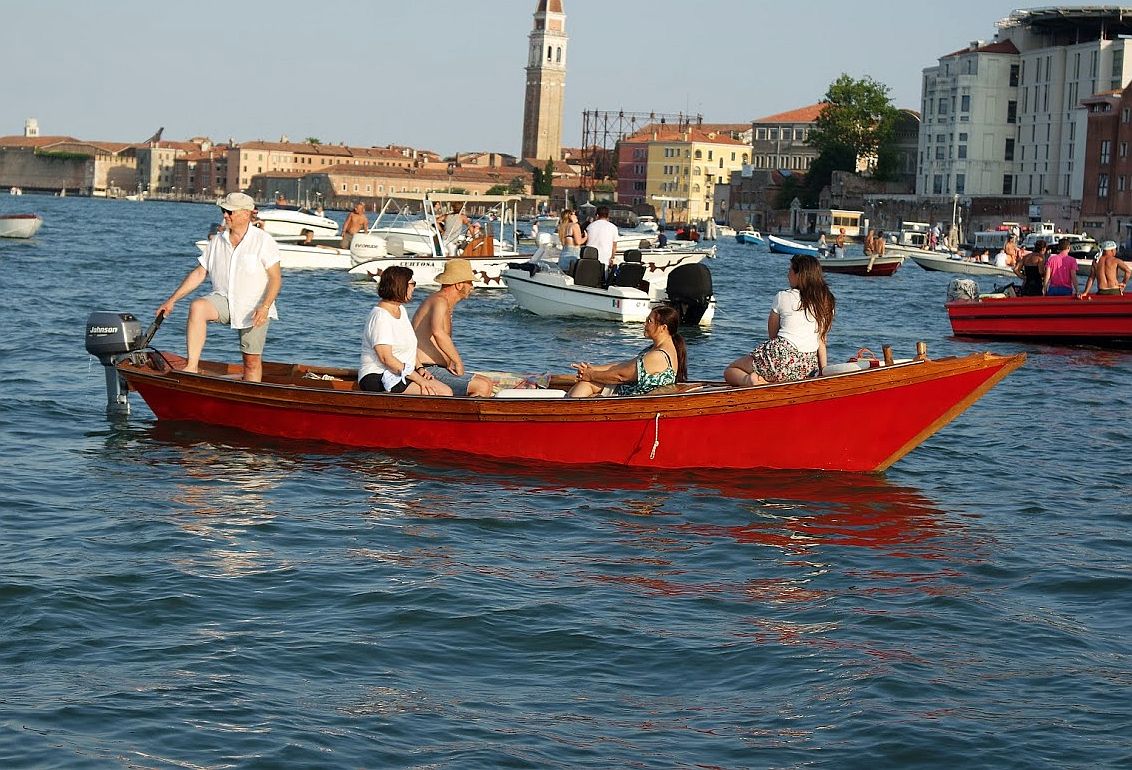
If anyone is interested, here are the results of the race of the men on pupparinos, from first to last: Orange, green, pink, white, brown, blue, purple, red. (Yellow withdrew, obviously.)
As for the race of the young men on gondolas, I have no strength left to report on it or anything else. Happily, there is nothing noteworthy to report. It seems that the day’s double-ration of drama was expended completely on the first race.
Now I’m going to lie down for a while.


